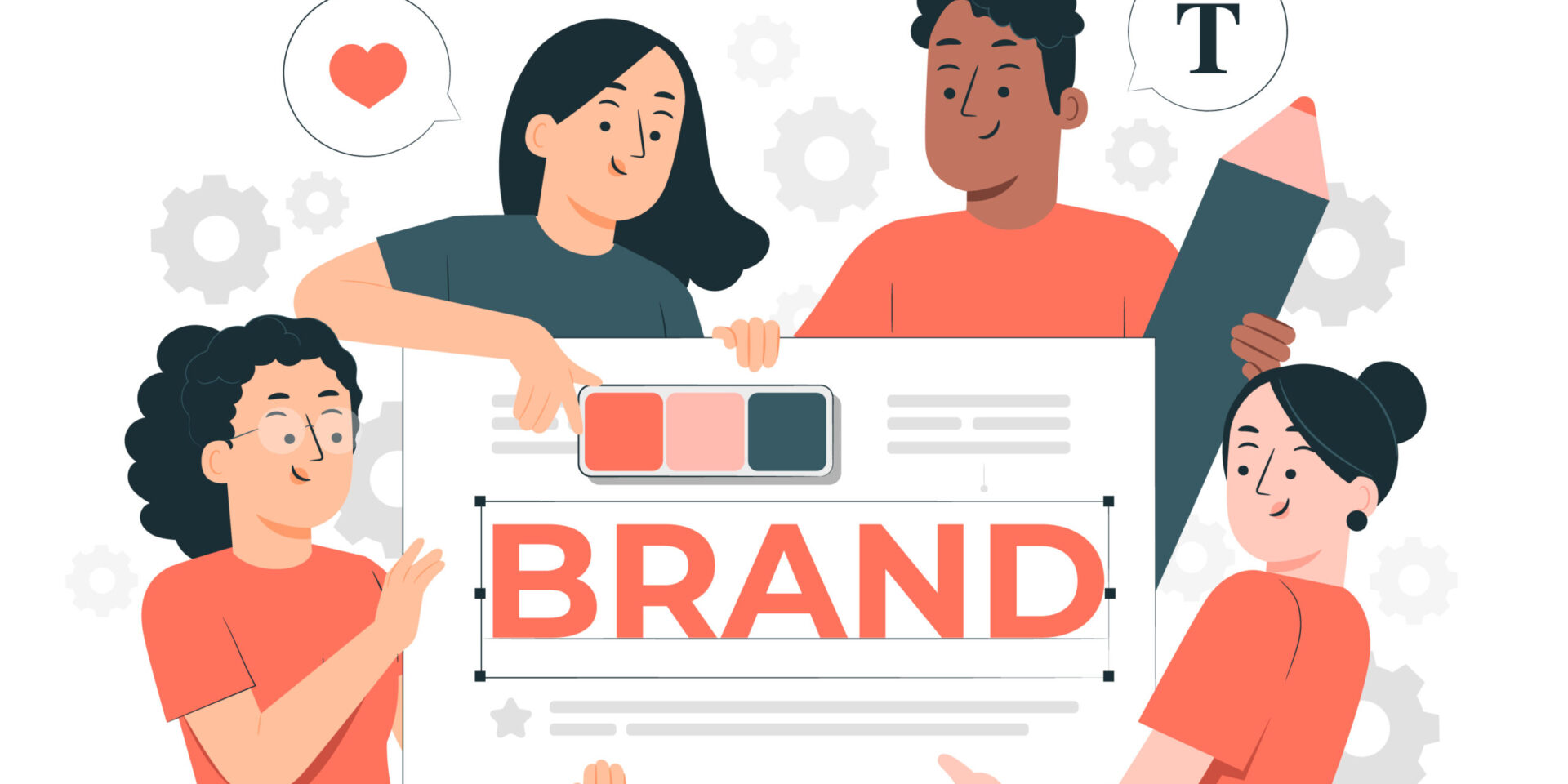LinkedIn Mistakes That Cost You Connections and Job Opportunities
LinkedIn has become the go-to platform for professional networking, job hunting, and industry engagement. It’s a powerful tool that can help you grow your career, build meaningful connections, and stay updated on industry trends. However, many users make avoidable mistakes that could cost them valuable connections. These mistakes can leave a negative impression on potential employers, clients, and collaborators. In this article, we’ll explore some of the most common LinkedIn mistakes and offer tips on how to avoid them.
1. Neglecting Your Profile Picture
Your profile picture is one of the first things people see when they visit your LinkedIn profile. A blurry, unprofessional, or outdated photo can make you seem careless or unapproachable. Research suggests that LinkedIn profiles with professional photos receive far more engagement than those without. Make sure to use a high-quality headshot where you are dressed appropriately for your industry.
While it’s not necessary to hire a professional photographer, ensure your picture is well-lit, in focus, and reflects the image you want to portray. If you’re unsure, ask a trusted colleague or friend for feedback.
2. Using a Generic Headline
The headline on LinkedIn is another critical aspect of your profile. It appears right below your name and is one of the first things people will read. Many users default to using their job title here, but this is a missed opportunity. A generic headline like “Marketing Manager at XYZ Company” doesn’t stand out in a crowded field of professionals.
Instead, craft a headline that showcases your skills, expertise, or what you’re passionate about. For example, “Marketing Manager | Helping Brands Grow Through Data-Driven Strategies” gives a better sense of your value proposition. A strong headline can attract more views and encourage potential connections to reach out.
3. Sending Impersonal Connection Requests
When trying to expand your network, it’s easy to simply click “Connect” and hope for the best. However, this approach is impersonal and can make you seem like you’re just adding people to a list. Sending a generic connection request without a personalized message can leave a poor impression.
Always take a moment to craft a brief, thoughtful message explaining why you want to connect. Mention any mutual interests, shared experiences, or specific reasons for reaching out. A personalized request shows that you are genuinely interested in building a relationship, not just collecting connections.
4. Overloading Your Profile with Buzzwords
LinkedIn offers the opportunity to highlight your skills and experience, but be cautious not to fall into the trap of overusing buzzwords like “innovative,” “dynamic,” or “results-driven.” While these words might sound impressive at first, they have become so overused that they lose their impact. Instead of relying on clichés, focus on tangible accomplishments that demonstrate your skills.
For instance, instead of saying “Results-driven sales professional,” consider saying, “Increased sales by 25% through targeted email campaigns and customer relationship management.” Specific examples provide much more insight into your expertise and make you stand out as a credible professional.
5. Ignoring Your Profile’s Summary Section
Many LinkedIn users overlook the Summary section of their profile or leave it completely blank. This is a missed opportunity to introduce yourself, highlight your skills, and explain what you bring to the table. A well-written Summary can turn your profile into a compelling narrative that draws visitors in.
In your Summary, focus on telling your professional story. Highlight your background, achievements, and what motivates you. Keep it concise, but engaging, and ensure that it reflects both your professional expertise and personal touch.
6. Overposting or Irrelevant Content
While it’s important to remain active on LinkedIn, posting too often or sharing irrelevant content can alienate your connections. People generally use LinkedIn for professional purposes, so it’s essential to keep your posts aligned with industry trends, career insights, or professional development.
Avoid spamming your network with personal updates or excessive self-promotion. Instead, aim for a balance between sharing valuable content and engaging in meaningful discussions with others. This will ensure you remain a respected voice within your network rather than someone who clutters people’s feeds.
7. Neglecting to Engage with Others
Building connections on LinkedIn is a two-way street. Don’t just focus on sending connection requests and waiting for others to come to you. Engaging with others’ posts by commenting thoughtfully, liking, and sharing content can help you build rapport and strengthen relationships.
When you engage with others in your network, it shows that you are actively involved and invested in your professional community. Regular engagement can lead to more meaningful conversations and increase your visibility on the platform.
8. Inconsistent or Outdated Information
If your profile is inconsistent with your resume or includes outdated information, it can raise red flags for potential connections. Keep your LinkedIn profile updated with your latest roles, accomplishments, certifications, and skills. Regularly revisiting your profile ensures that your professional image stays current and accurately reflects your career trajectory.
Conclusion
LinkedIn is a valuable platform for building connections, but it’s important to use it strategically. By avoiding these common mistakes, you can create a professional image that attracts meaningful connections and fosters long-term relationships. Focus on crafting an engaging profile, being thoughtful in your interactions, and staying active in the LinkedIn community. With a little effort and attention to detail, you can turn LinkedIn into a powerful tool for advancing your career and expanding your professional network.



